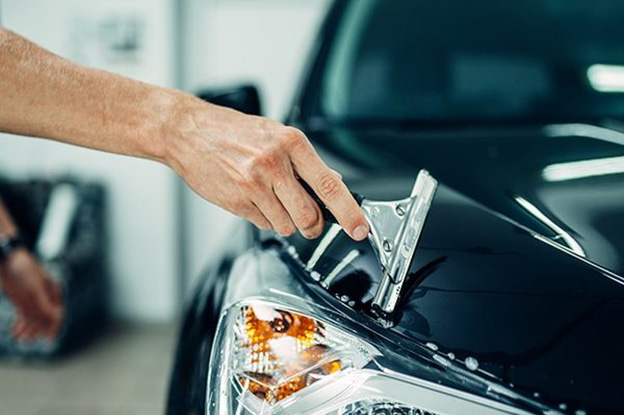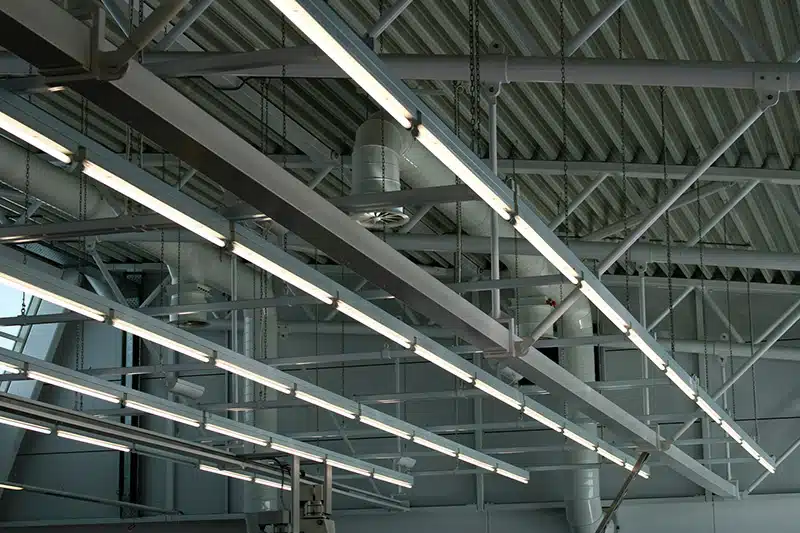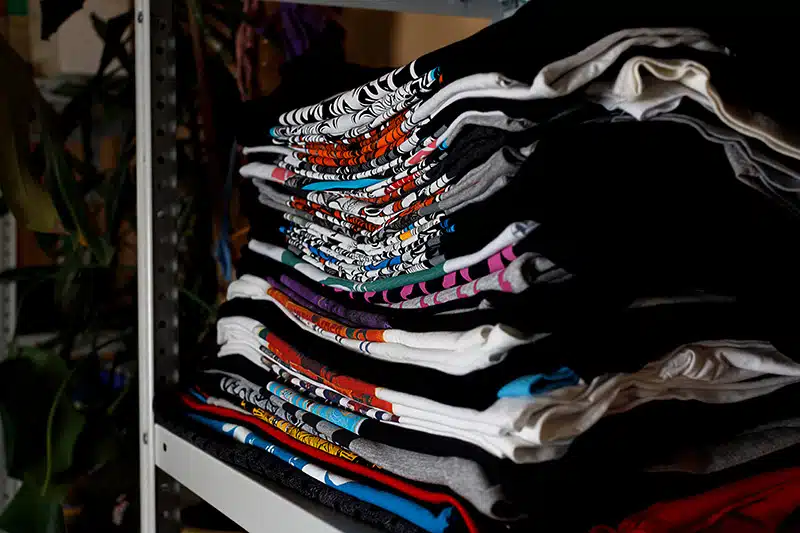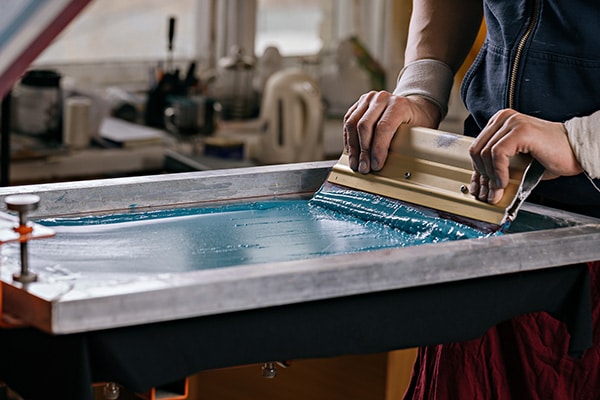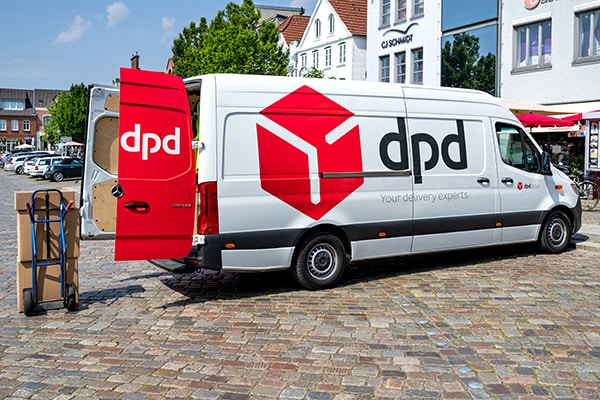Cars are more than just tools of transportation. While transportation is their primary purpose, they are also a reflection of your social status (whether or not you care about it) and an extension of your personality. And that’s why you should take buying and upgrading your vehicle quite seriously.
There are several ways to upgrade your car, but the most “visible” overhaul that your car can go through is a new paint job, and that’s where you have to make an important choice: Car wrap or paint. Car wrap refers to vinyl wrap that used to be a way to “augment” the existing paint but has now graduated to becoming the new paint of the car.
Cost Benefits of Vinyl Wrap vs. Paint
Thanks to the complexity and time requirement of the procedure, repainting a car can run you a significantly higher cost.
- Around $1,000 (for the lowest-end paint jobs, which may fade or chip away in a few years, sooner if frequently exposed to harsh elements)
- Between $3,000 and $10,000 (from decent to high-end paint jobs that can survive the test of times)
- Significantly higher than $10,000 if you are hiring the services of a professional artist for a custom paint job
Vinyl wrap, on the other hand, can cost you somewhere between $2,500 and $5,000. The bulk of the cost is associated with the vinyl itself and not the wrapping “service.” You can achieve any level of customization within this price range.
Vinyl Wrap vs. Paint: Cost-Influencing Factors To Consider
Several factors may influence the cost of a vinyl wrap vs. paint, and the cost benefits of vinyl wrap vs. paint should be considered in the broader context than a one-time paint job.
1. Process/Time-Cost
When getting your car repainted, the old paint has to be scrapped/stripped off. It requires care and the right tools so that the body isn’t damaged. Also, every paint job requires multiple coats, and each coat takes eight hours to dry. You need to ensure you have alternatives, and you can afford to be without your car for the time it takes for the paint job.
Vinyl, on the other hand, is quite easy to apply, though you do require the original paint (on which the vinyl has to be applied) to be even. If there are rough patches, they need to be sanded and repainted (to get an even surface) before you can put a vinyl wrap on.
2. Flexibility
When you get a car repainted, you are stuck with whatever color, customization, and quality of work you had done. Short of scraping away the paint, there is nothing you can do to get rid of the paint.
Vinyl wrap isn’t just deceptively easy to remove. It also doesn’t damage the paint underneath if you remove it, so it’s like having two layers of body paint. The first is vinyl, and if you need to get rid of it for any reason (to resell it or get a different marketing-focused vinyl), you can simply peel it away, and the original paint will resurface.
With a heat gun and a lot of time, you can remove the vinyl wrap yourself.
3. Options
Even if you are going with a custom paint (which can cost a lot depending upon the level of customization and the quality of work), your options will still be limited by the skills and tools of the professionals that are doing the customization.
With a vinyl wrap, the only limitation is your imagination. You can get vinyl wraps in solid colors, unique designs, and a variety of finishes (Matte, Gloss, Satin, etc.).
4. Reselling
Reselling a car that’s painted in unconventional colors of a brand, has the logo or the name of a business painted over, can be quite difficult. The buyer will automatically deduct the cost of a repaint from the vehicle’s cost.
Vinyl wraps will come right off. They are cheaper as well as easy to customize, so they are ideal for branding. And when it’s time to resell, you can remove the wrap and sell the car with the original paint job.
5. Longevity And Durability
Unless you get it scratched or scrapped, high-end paints can last forever (that is, if you want to keep one car forever). But they come with a hefty price tag. Low-end paint jobs might start to fade and chip away after a few years, maybe sooner in harsh environments. And to keep the paint shiny and sharp, you would have to rely on wax coating.
Vinyl wraps can easily last between five and seven years. But they offer durability in a different sense. A vinyl wrap will be less susceptible to elements, won’t show smudges where people touch it, and will keep the paint underneath protected for years.
